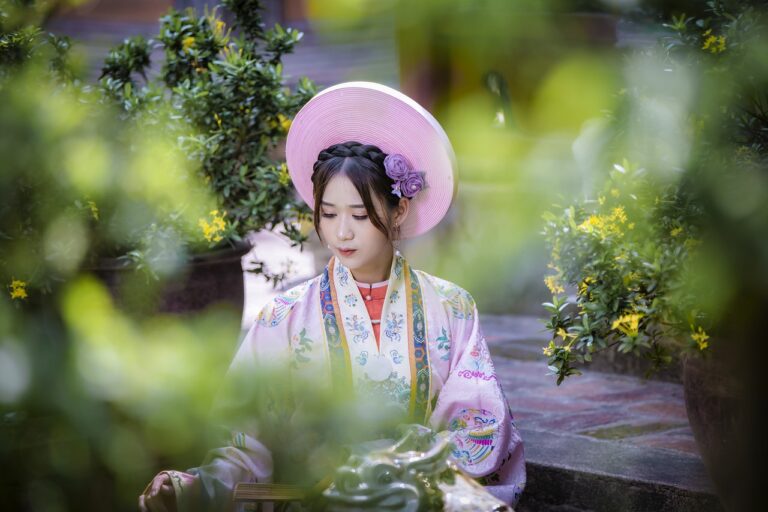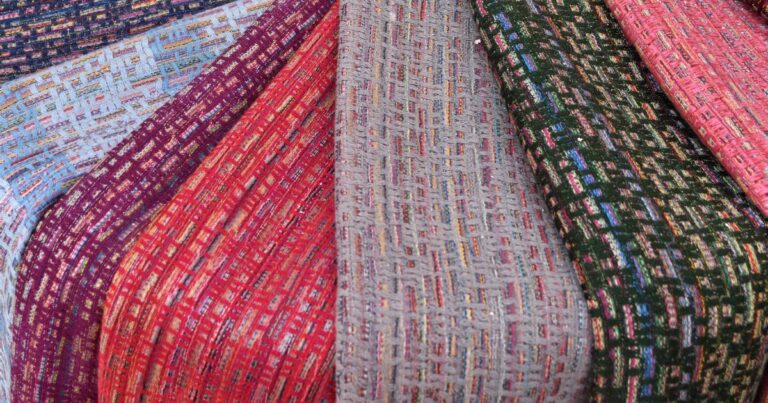Fashion and Culture: How Clothing Reflects Cultural Identity
Traditional attire holds a deep-seated cultural significance in various societies around the world. These garments often symbolize a sense of identity, heritage, and belonging for individuals within a community. Through the intricate designs, patterns, and colors woven into traditional clothing, stories of a culture’s past, beliefs, and values are visually and symbolically conveyed.
Furthermore, traditional attire plays a vital role in preserving cultural heritage and passing down customs from one generation to the next. By wearing these garments during important ceremonies, festivals, or everyday life, individuals honor their ancestors and uphold the traditions that have shaped their cultural identity over centuries. The preservation of traditional attire not only connects individuals to their roots but also serves as a visual representation of the rich tapestry of human diversity across the globe.
Evolution of Fashion Trends Across Different Cultures
Fashion trends have always been a reflection of the unique cultural identities and values of different societies. From the intricate embroidery of traditional Indian saris to the minimalist elegance of Japanese kimonos, each culture has its own distinct style that has evolved over centuries. These fashion trends often not only serve as a form of self-expression but also play a significant role in preserving cultural heritage.
In recent years, globalization and technological advancements have led to the blending of diverse fashion influences from around the world. This has resulted in a phenomenon where traditional attire is often reimagined and adapted to suit contemporary tastes. As a result, we see fusion designs that incorporate elements from various cultural backgrounds, creating a harmonious blend of traditional and modern aesthetics in the fashion industry.
How does traditional attire reflect the cultural significance of a particular community?
Traditional attire often incorporates specific colors, patterns, and designs that hold symbolic meaning within a culture. It can also showcase the history, values, and beliefs of a community.
How do fashion trends evolve across different cultures?
Fashion trends evolve through a combination of factors such as globalization, cultural exchange, technological advancements, and shifts in societal norms. Different cultures often influence each other, leading to the adoption and adaptation of various styles.
What impact does globalization have on fashion trends?
Globalization has greatly influenced the fashion industry by allowing for the widespread dissemination of trends and styles across different cultures. It has also led to the fusion of traditional and contemporary elements in fashion.
How do fashion trends differ between Western and non-Western cultures?
Western fashion trends often prioritize individualism, innovation, and rapid change, while non-Western cultures may place more emphasis on tradition, modesty, and community values. However, there is increasing cultural exchange between the two, leading to a blending of styles.
Are there any specific fashion trends that have transcended cultural boundaries?
Yes, certain fashion trends such as denim jeans, t-shirts, and sneakers have become global staples that are worn across various cultures. These items have transcended cultural boundaries and are now considered universal wardrobe essentials.






